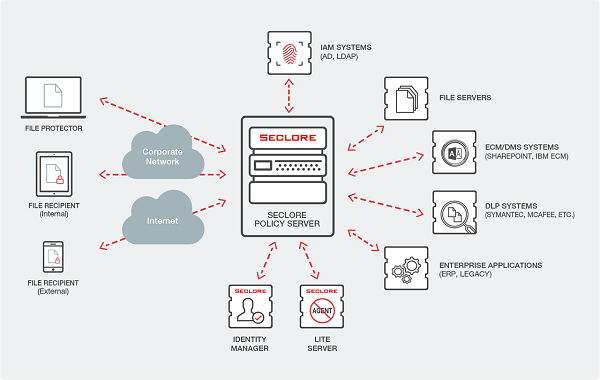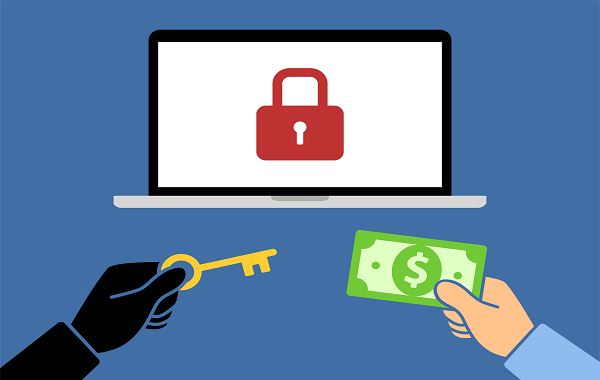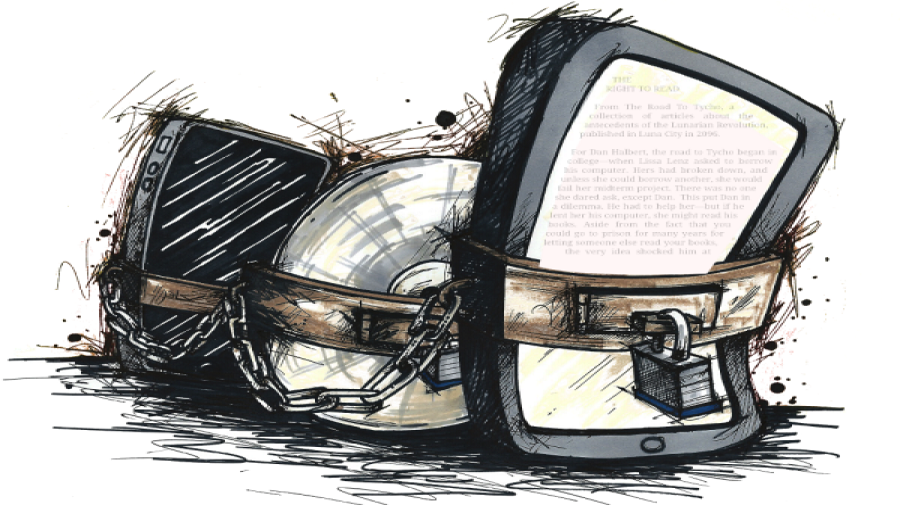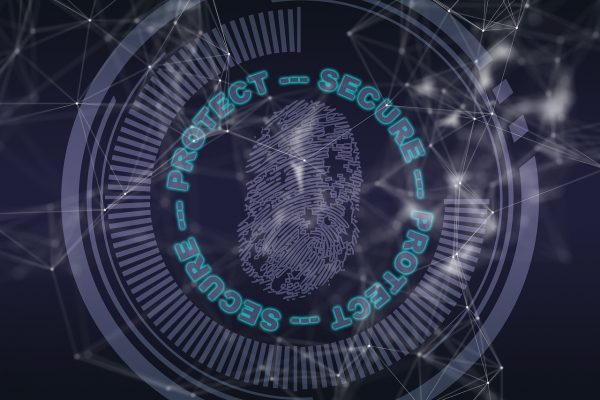You must have come across songs, movies, or games online that you cannot download because they are protected through DRM. What is DRM? Digital rights management or DRM is a means to secure copyrights for digital media. Through this approach, technology is used to limit the copying as well as the use of the proprietary software and copyrighted works. So, a technology that aims to prevent unauthorized redistribution of contents on digital media and also restrict how consumers can copy the content that they have purchased is the simplified answer to what is DRM.
Digital rights management is the technology that is used to protect and monetize intellectual property and copyrighted materials from misuse or theft in the digital sphere. The two core objectives of digital rights management are data protection and data governance.
For companies, implementing DRM systems helps to prevent users from operating certain assets. This way, the organization can avoid legal troubles that could arise from unauthorized access. Therefore, DRM plays an increasing role in data security.
As peer-to-peer file exchange services like torrent sites are rising, online piracy has been proving to be the bane of the copyrighted material. Although DRM would not catch the people who engage in piracy, it makes stealing or sharing the content impossible. This is particularly useful for the music and film industries, which generate income from buying their product. With unauthorized downloads, these companies lose money since the customer has to otherwise buy their product to access it.
Table of Contents
How DRM Works?
DRM mostly includes codes that prohibit copying, or codes that restrict the number or time of devices on which a particular product can be accessed. Authors, publishers, and other content creators employ an application that encrypts data, media, e-book, software, content, or other copyrighted material. They can also exercise tools to restrict what users can do with their materials.
What is DRM’s Function?

- Users are restricted from saving or editing your content.
- Users are prevented from sharing your content or product.
- Users are completely or partially restricted from printing your content. Some artworks or documents can only be printed for a limited number of times.
- Users are disallowed from taking screenshots of your content.
- You can set an expiry date for your content after which, the user access to your content would be denied.
- You can lock access to specific IP addresses, devices, or locations. For example, you can choose to make your media available only in the U.S.A., and users from other countries would not be able to access it.
- You can watermark documents and artworks to establish identity and ownership.
- Authors and publishers are allowed to see when their product was printed or downloaded and who accessed it.
What is DRM’s Use?
In current situations, DRM is becoming increasingly important. It not only is necessary for digital content creators but is also vital for individuals and companies that use digital assets purchased or licensed from third-party creators. Its uses are:
- Authors, movie professionals, musicians, etc. can control the unauthorized use and distribution of their content.
- Companies can limit access to confidential information. Through DRM technology, the companies can curb access to sensitive data while simultaneously allowing it to be shared securely. Additionally, through DRM, it is easier for the auditors to identify and investigate leaks. In a business setting, DRM may be referred to with different names like enterprise rights management or information rights management.
- DRM ensures that the work remains unaltered. Creators desire their work to be distributed in its authentic form so that it can serve its intended purposes.
What is DRM’s Benefit?
There are not one but multiple benefits of DRM for many types of companies. The major one being that it enables the artists, entrepreneurs, scientists, etc. to protect their work.
1. DRM educates users about intellectual property and copyright

Most users are passive about what is DRM. They are not concerned with copyrights. As long as they are allowed to access the content, they would not worry about smaller details. However, companies can convey to users what they are allowed to do with respect to digital content, explaining to them what is DRM.
2. Digital rights marketing creates a path for improved licensing agreements and technologies
DRM technology aims at limiting the ways regarding how users can interact with content, like listening to music on several devices or forwarding the content to family and friends. Users who do not wish to be restrained by such DRM codes support vendors who sell and offer DRM-free content. This encourages vendors to seek technologies that surpass DRM in terms of licensing.
3. Digital Rights Management lets the author retain the ownership of their work
It is extremely easy for an individual or company to copy content from an e-book of someone else and rebrand it as their own. However, digital rights management stops anyone from altering the content. Scientists rely on DRM to safeguard their inventions.
4. DRM helps in securing income streams

Movie and video makers spend a lot of money to create their work with a hope that they will be able to redeem their investments once it streams online or hit the screens. With DRM, it is ensured that only the paying users can watch the movie or video. This also means that the video is only accessible for a specific audience. For example, videos with content meant for adults would only be available to adults who verify their age.
5. Digital Rights Management secures files
Through digital rights management, unauthorized users cannot see or read confidential files. Therefore, the files can be kept private.
Now you must have gathered what is DRM. Digital rights management secures digital assets, which include a significant portion of the content that users interact with and consume on a daily basis. With DRM, the doors to protect sensitive information, especially intellectual property are opened.


